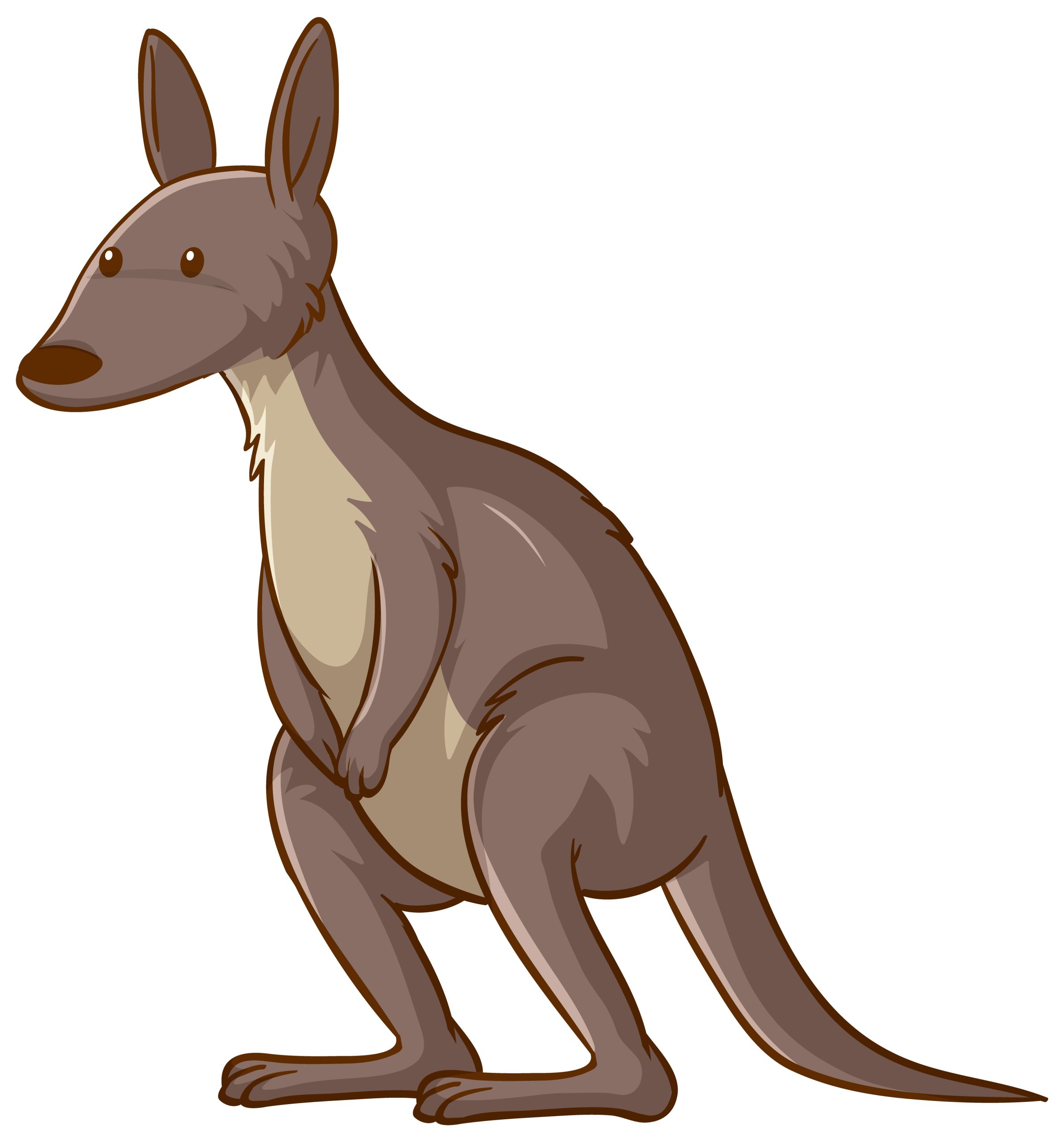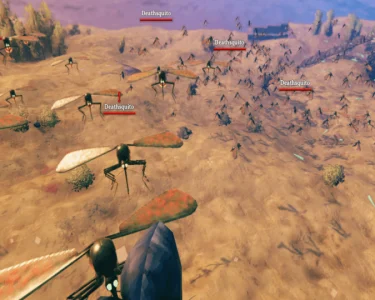As one of Australia’s most iconic animals, kangaroos have captured the imaginations of people around the world. While they are known for their distinctive hopping and powerful hind legs, one of the most remarkable aspects of kangaroo behavior is their unique parenting style. In this article, we will explore the fascinating world of kangaroo parenting, shedding light on the special bond between mother and joey.
Marsupial Motherhood
Kangaroos are marsupials, meaning they give birth to relatively undeveloped young, called joeys, which then continue to grow and develop outside the womb in their mother’s pouch. The kangaroo pouch is a specialized pocket of skin on the mother’s belly that provides a safe and nurturing environment for the joey to continue its development.
The relationship between a kangaroo mother and joey is unlike any other in the animal kingdom. The mother’s pouch acts as a living incubator, providing warmth, protection, and a constant supply of milk to nourish the growing joey. The joey, in turn, attaches to its mother’s teat and continues to nurse for several months, receiving all the nutrients it needs to grow and thrive.
Bonding and Communication
The bond between a kangaroo mother and joey is incredibly strong. Kangaroo mothers are highly protective of their young, and they will fiercely defend their joeys against any perceived threat. They use their powerful hind legs to kick and box potential predators, showcasing their remarkable maternal instinct.
Kangaroo mothers also communicate with their joeys through a series of vocalizations, body language, and physical contact. For example, they use soft clucking sounds to communicate with their young, and they often nuzzle or lick their joeys to provide comfort and reassurance. Joeys, in turn, rely on their mother’s vocalizations and physical cues to navigate their world and stay close to her.
Growing Independence
As joeys grow and develop, they gradually start to venture out of the pouch and explore their surroundings. However, they still rely on their mother’s milk for nourishment, and they continue to return to the pouch for warmth and protection. As they become more independent, they start to spend more time outside the pouch, hopping and grazing alongside their mother.
Eventually, joeys become too big for the pouch, and they fully emerge into the world. However, they still maintain a close bond with their mother and continue to nurse from her until they are fully weaned. Kangaroo mothers play a crucial role in teaching their young important survival skills, such as finding food and avoiding predators, as they gradually transition to adulthood.
Conclusion
Kangaroo parenting is a unique and fascinating phenomenon, showcasing the special bond between mother and joey. From the protective pouch to the nurturing care and communication, kangaroos demonstrate remarkable parenting behaviors that have captured the hearts of animal enthusiasts and researchers alike. As we continue to study and appreciate these remarkable marsupials, we gain deeper insights into the intricacies of the natural world and the wonders of animal behavior.




